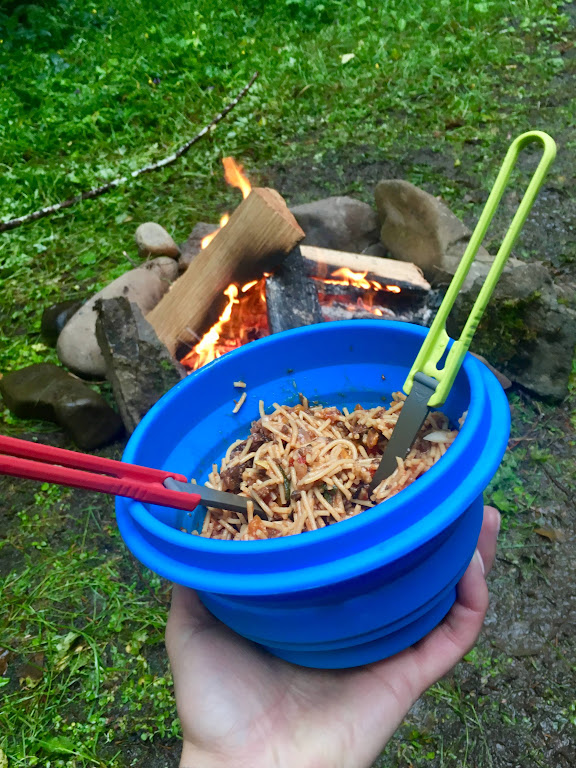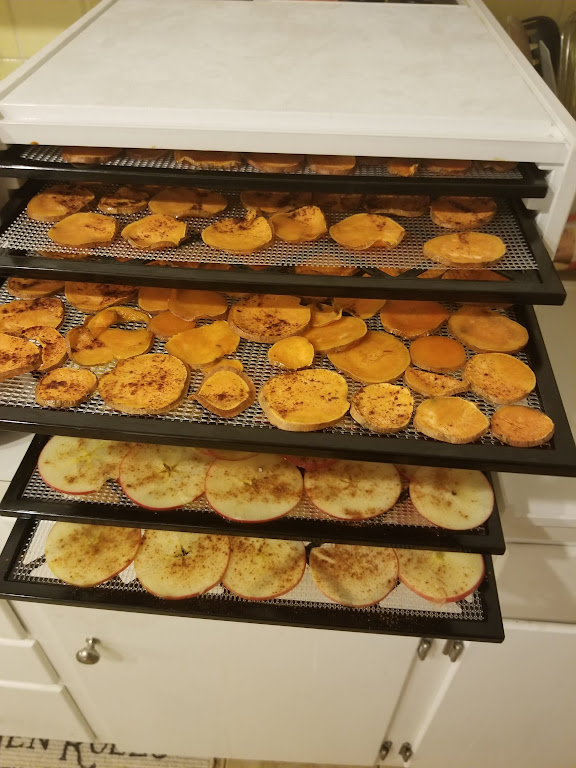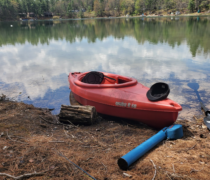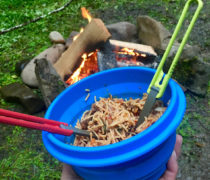Lightweight, big flavor: DIY dehydrated meals for the backcountry

By Lauren Weller, Artemis Ambassador Alum
After a long day in the backcountry, one of the greatest moments is resting your feet, taking in the views, and enjoying a hot meal. However, not all backpacking meals are created equal. While freeze-dried meals are undoubtedly convenient, they can get expensive, and frequently, they are packed with starches and salt. Making your dehydrated meals is easier than you think. Making your own meals can drastically reduce your cost per meal, increase your menu options, and allow you to customize the ingredients to meet your preferences.
How it works
Dehydrating removes moisture from your food allowing it to last longer and making it easier to carry in the backcountry. With little to no moisture, the bacteria that causes food to spoil can no longer survive, so your dehydrated dishes can last for months and even years when properly stored. Meals like spaghetti and stews can be prepared as usual and then dehydrated, or you can dehydrate individual foods like apples and bananas to make lightweight and portable snacks.
What you need
To dehydrate food, you will need access to an oven or electric dehydrator. Electric dehydrators are the easiest route to take because they come equipped with fans, temperature gauges, and adjustment dials to quickly and efficiently dry your food.
For some foods, one or two larger pieces of food that don’t dry thoroughly can result in spoiled food. To avoid this situation a food processor, mandoline slicer, grater, hand peeler, or paring knife can be helpful, but these are not necessary.

Foods to dehydrate
Fresh foods and even fully cooked meals can be dehydrated. For fresh foods, a general rule is that if you can eat something without cooking it, you don’t need to cook it before drying. Here are some common fresh foods or meals to dehydrate:
- Fruits like apples, bananas, apricots, peaches, pears, cherries, and blueberries can be sliced and dried for a great trail snack.
- Spaghetti and soups are simple meals that can provide hearty servings of protein, carbs, and vegetables.
Avoid dehydrating foods with high fat or oil content like dairy products since these can quickly spoil and become unsafe to eat.
Storage
Always store your dehydrated food in clean, dry, airtight containers like jars, silicone, vacuum-sealed, or freezer bags. Reusable storage bags and vacuum-sealed bags hold single-serving meals perfectly. Label the outside of your package with the type of meal and the amount of food. One cup of dehydrated food is a typical dinner portion.
Packaged dehydrated foods should be kept in a pantry or freezer. While dried food can last up to a decade if prepared and stored correctly, it’s best to consume it within four to twelve months.
Rehydrating your food
There are two simple ways to reconstitute your food in the backcountry.
One common method to rehydrate your food is to put equal parts dried food and water in an insulated pot. After soaking for five minutes, bring your water to a boil then simmer for two minutes. Turn off the heat, cover your pot and let it sit for ten more minutes, or until the food is tender and fully rehydrated.
Alternatively, if you would like to reduce dishes and keep your cooking pot clean you can boil water and add it directly to the dehydrated meal. Boil all the water you need for your meals and add it to each of your single portioned meals. Silicone bags are great for this method. After adding the boiling water, seal the bag and place it into an insulated pouch or wrap it with a jacket and let it sit for ten to fifteen minutes until your food is rehydrated. Enjoy!
Dehydrating your backcountry meals provides endless recipe options! By dehydrating your own foods, you have full control over what goes into your food, and your meals will be lightweight and compact. There are many great dehydrating guides and recipes online. What recipes will you try to dehydrate?






